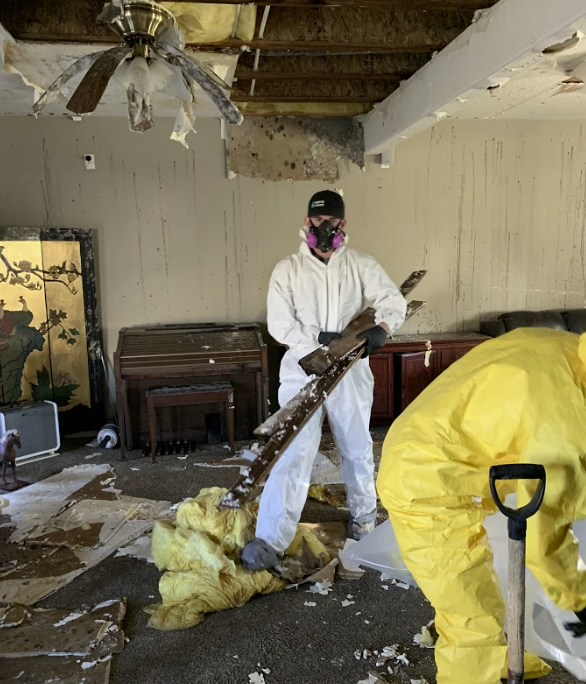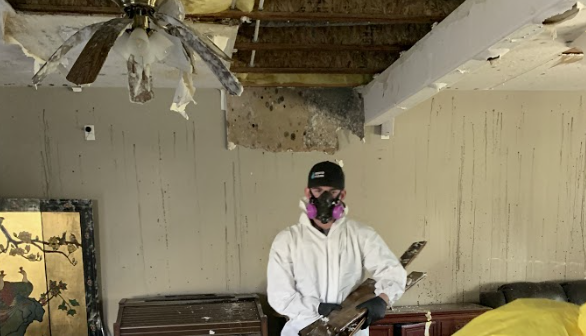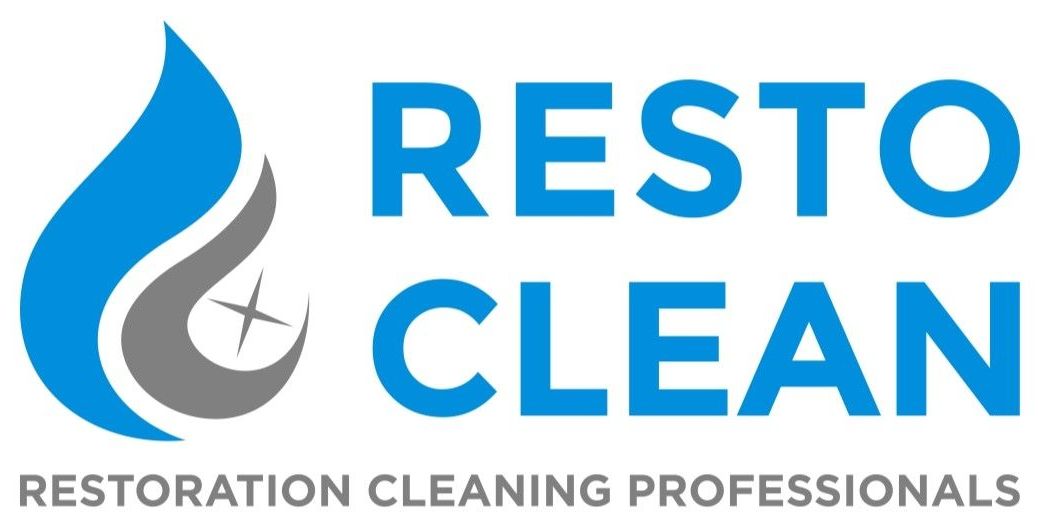Get in touch
555-555-5555
mymail@mailservice.com
Mold Menace: How to Handle Mold Damage in Your Home
Mold damage is another homeowner's headache. Whether it's the result of a hidden leak, poor ventilation, or high humidity, mold can be a persistent and potentially hazardous problem in your home. When mold damage surfaces, acting promptly is essential to contain the issue, prevent its spread, and ensure a safe and healthy living environment. In this blog post, we will walk you through the steps to handle mold damage in your home as soon as it becomes apparent.
1. Safety First
Prioritize safety when dealing with mold damage. Ensure that the affected area is safe to enter. If you're dealing with extensive mold growth or have underlying health concerns, it may be best to leave the cleanup to professionals who have the necessary protective equipment and expertise.
2. Identify and Address the Source
Identify the source of the moisture that led to the mold growth and address it. This could involve fixing leaks, improving ventilation, or reducing humidity levels. Addressing the source is crucial to prevent mold from returning.
3. Document the Damage
Before you start cleaning up or making any repairs, document the mold damage. Take clear photographs or videos of the affected areas. This documentation will be useful for insurance claims or for showing professionals the extent of the problem.
4. Remove Affected Materials
Mold often infiltrates porous materials like drywall, insulation, and carpeting. In severe cases, these materials may need to be removed and replaced. It's crucial to discard affected materials properly to prevent further contamination.
5. Clean and Disinfect
Clean and disinfect the affected areas with mold-specific cleaning products. This will help kill existing mold and prevent its return. Be thorough in your cleaning, paying attention to walls, ceilings, and any other surfaces where mold has appeared.
6. Ventilate and Dehumidify
Promote proper ventilation and reduce humidity levels in your home to discourage mold growth. Use fans, dehumidifiers, and open windows to improve air circulation and maintain optimal indoor conditions.
7. Assess Structural Damage
Inspect your home's structure for any damage caused by mold. Look for signs of weakened structures, such as rotting wood or compromised drywall. Address any structural issues promptly to prevent further damage.
8. Contact Your Insurance Company
If the mold damage is extensive or resulted from a covered event, contact your insurance company to report the issue and begin the claims process. Providing them with documentation and photographs will aid in the claims process.
9. Prevent Future Mold Issues
To prevent future mold problems, continue to address the underlying causes of moisture and humidity in your home. Regularly inspect and maintain areas prone to mold growth, such as bathrooms, basements, and crawl spaces. Install proper ventilation and consider using mold-resistant building materials.
In conclusion, mold damage in your home requires swift action to contain and eliminate the problem. By following these steps, you can effectively handle mold damage, protect your property, and create a healthier living environment for you and your family. Remember that for extensive mold issues or when safety is a concern, it's best to seek professional assistance. Acting promptly is vital to successfully managing mold damage in your home.



